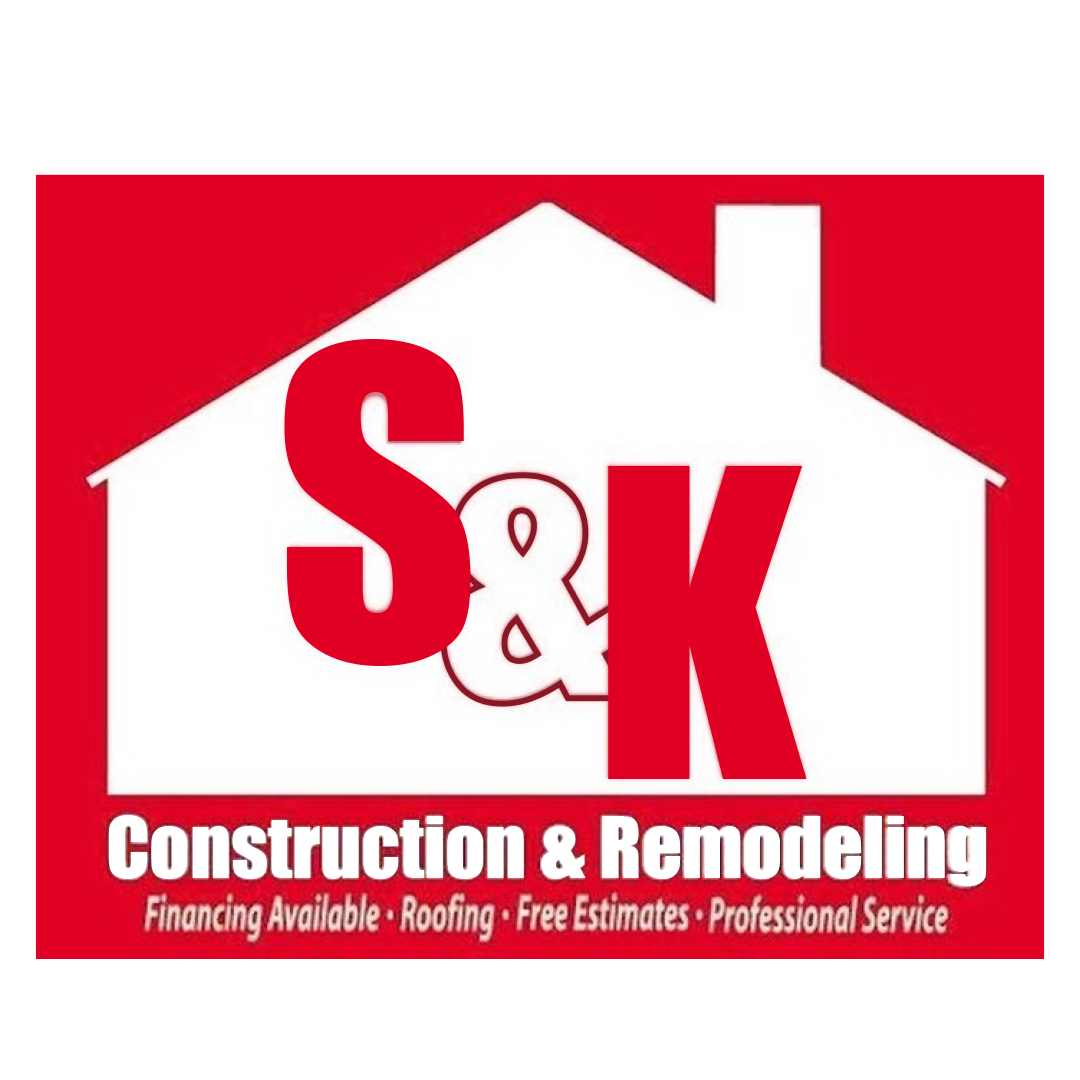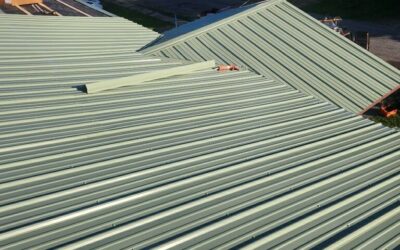How Drone Inspections Work in Large-Scale Commercial Roofing: A Complete Guide
In recent years, drones have revolutionized the way industries handle inspections, particularly in large-scale commercial roofing. Traditional roof inspections are often time-consuming, costly, and sometimes dangerous. However, with the advent of drone technology, roofing professionals now have the ability to conduct thorough inspections quickly, efficiently, and safely. Drones offer an innovative approach to assessing roof conditions, capturing high-resolution imagery, and providing detailed reports without putting anyone at risk.
In this comprehensive guide, we’ll explore how drone inspections work in large-scale commercial roofing, the benefits they bring, how pre-inspection planning works, what happens on the day of the flight, and how data is handled afterward. We’ll also look at the regulations surrounding drone inspections and why drones are becoming a game-changer in the roofing industry.
What Are Drone Inspections in Roofing?
Drone inspections in roofing involve the use of unmanned aerial vehicles (UAVs) to perform detailed roof assessments. Drones equipped with high-resolution cameras, infrared sensors, and other advanced technologies can capture images, videos, and other data from difficult-to-reach areas of a commercial roof. This process eliminates the need for ladders, scaffolding, or heavy machinery, making it safer and more efficient for roofers to assess a building’s condition.
Drones can be used to inspect various types of roofs, including flat roofs, sloped roofs, and even roofs that are difficult to access due to height, complexity, or obstructions. By collecting visual and thermal data, drones help roofing professionals identify problems such as leaks, damage, and wear without having to physically climb onto the roof.
How Drone Inspections Work in Large-Scale Commercial Roofing
Drone inspections in large-scale commercial roofing work through a structured process that includes planning, flying the drone, collecting data, and analyzing results. Let’s take a closer look at how each step works.
1. Pre-Inspection Planning
Before a drone inspection takes place, thorough planning is essential. Pre-inspection planning involves several critical steps that ensure the flight goes smoothly and provides accurate, useful data. Here are some of the key components of pre-inspection planning:
A. Site Assessment
The first step in pre-inspection planning is a thorough assessment of the roofing site. The roofing company will gather information about the building’s size, roof type, and any potential hazards or obstacles that may be present. Understanding the layout and characteristics of the roof helps in determining the best flight path for the drone and ensuring safe operation.
B. Weather Conditions
Weather plays a crucial role in drone inspections. Drone pilots need to assess current and forecasted weather conditions to determine if it’s safe to fly. Ideal conditions for drone inspections include clear skies, light winds, and minimal precipitation. Extreme weather conditions, such as heavy winds, rain, or fog, can affect the drone’s stability and the quality of the imagery collected.
C. Regulatory Compliance
Drone inspections must comply with local regulations and safety standards. This includes ensuring that the drone operator has the necessary certifications and permissions to conduct the flight. Depending on the location, specific rules may govern where and how drones can operate, particularly in urban areas or near airports.
D. Defining the Inspection Goals
Before launching the drone, the roofing company must define the goals of the inspection. Common objectives include identifying potential leaks, checking for damage to roofing materials, assessing the condition of flashing, or monitoring the overall health of the roof. Clearly defined goals help the drone operator capture the right data and ensure that the inspection meets the client’s needs.
2. The Day of the Flight for Roof Inspections
On the day of the drone inspection, the operator will conduct a pre-flight check to ensure that everything is in working order. Here’s what typically happens on the day of the flight:
A. Setting Up the Equipment
The drone operator will arrive at the site with all necessary equipment, including the drone, remote controller, spare batteries, and any sensors or cameras required for the inspection. The drone is assembled and calibrated to ensure that it operates smoothly.
B. Flight Path and Data Collection
Once the equipment is set up, the drone operator will plan the flight path. The drone will be flown in specific patterns to capture a comprehensive view of the roof, including areas that are difficult to reach with traditional methods. Depending on the inspection goals, the drone may be used to capture high-resolution images, 4K videos, thermal imaging (to detect heat loss or leaks), or even 3D models of the roof.
Drone operators may fly the drone in a grid pattern over the roof or follow a predetermined path that ensures the entire roof is covered. For large commercial roofs, this can involve multiple flights or hours of data collection.
C. Monitoring the Flight
During the flight, the drone operator will monitor the drone’s performance and flight stability. They will ensure that the drone stays within the boundaries of the designated airspace and remains at a safe distance from any obstacles, such as nearby buildings, power lines, or trees. The operator may also monitor real-time data being captured by the drone’s cameras and sensors.
D. Emergency Procedures
While drone inspections are generally safe, the drone operator will be prepared for emergencies. This includes protocols for returning the drone to the ground in the event of a technical failure or sudden changes in weather. Having emergency procedures in place ensures that the inspection is conducted safely and efficiently.
3. What Do You Do With the Data Collected?
The data collected during the drone inspection is invaluable for assessing the roof’s condition. But what happens to that data once the flight is complete? Here’s how it’s processed and used:
A. Data Review and Analysis
After the drone flight, the collected data is reviewed by roofing professionals. This may include reviewing high-resolution images, thermal scans, or videos. Roofing experts will analyze the data to identify any signs of damage, such as cracked shingles, loose flashing, ponding water, or signs of leaks.
B. 3D Models and Detailed Reports
One of the most exciting aspects of drone inspections is the ability to create 3D models of the roof. These models are generated using photogrammetry techniques, where multiple high-resolution images are stitched together to create an accurate representation of the roof. These 3D models provide an in-depth, bird’s-eye view of the roof and are useful for long-term tracking of roof conditions.
Additionally, a detailed report is typically generated that outlines the findings of the inspection. This report may include annotated images, thermal scans, and notes on any issues identified. The roofing company can then share this report with the building owner, property manager, or insurance company.
C. Follow-up Recommendations
Based on the findings of the inspection, the roofing company will provide follow-up recommendations. This may include suggested repairs, maintenance tips, or an overall assessment of the roof’s condition. Drone inspections often reveal minor issues before they become major problems, allowing building owners to take proactive steps in addressing potential concerns.
4. What Are the Benefits of Drones For Your Roof Inspection?
Drone technology offers a multitude of benefits for large-scale commercial roofing inspections. Here are some of the key advantages of using drones for roof inspections:
A. Safety
Safety is one of the most significant advantages of using drones for roof inspections. Traditional roofing inspections often require workers to climb ladders, use scaffolding, or access the roof via a lift. These methods pose risks of falls and injuries. Drones eliminate the need for workers to physically access the roof, reducing the risk of accidents.
B. Cost-Effectiveness
Drone inspections can be more cost-effective compared to traditional methods. While there may be an initial investment in drone equipment, the cost of using drones is typically lower than hiring a crew to manually inspect the roof. Additionally, drone inspections are faster, meaning roofing companies can complete more inspections in less time, which further reduces costs.
C. Efficiency and Speed
Drone inspections are incredibly efficient. What would typically take hours or even days to inspect using traditional methods can be completed in a fraction of the time with drones. This means that commercial roofing companies can inspect multiple buildings or large roof areas within a short period.
D. High-Quality Data
Drones are equipped with advanced cameras and sensors that can capture high-resolution images and thermal data with remarkable detail. This allows roofing professionals to identify even the smallest issues, such as hairline cracks or hidden leaks, that may be difficult to spot during a visual inspection. Thermal imaging is particularly useful for detecting heat loss, moisture, and hidden leaks.
E. Minimal Disruption
Unlike traditional roofing inspections, which may require closing off parts of the building or affecting the occupants, drone inspections can be performed without causing significant disruption to the building’s daily operations. The flight is typically quiet and unobtrusive, allowing business operations to continue as usual.
5. What Are the Regulations for Drone Inspections?
Although drone inspections offer numerous benefits, they must be conducted in compliance with local regulations. The Federal Aviation Administration (FAA) governs the use of drones in the United States, and there are specific rules and guidelines that must be followed. Some of the key regulations include:
A. Drone Pilot Certification
In the U.S., drone operators must hold a valid FAA Part 107 Remote Pilot Certificate to operate drones for commercial purposes. This certification ensures that the operator is knowledgeable about safety procedures, airspace regulations, and flight operations.
B. No-Fly Zones
Certain areas, such as airports, military installations, and other restricted airspace, are off-limits for drone flights. Drone operators must be aware of any no-fly zones and plan their inspections accordingly.
C. Altitude Limits
FAA regulations impose altitude limits on drone flights. Drones cannot fly higher than 400 feet above the ground unless they are within a 400-foot radius of a building or structure. This ensures that drones do not interfere with manned aircraft.
D. Weather Conditions
Drones should not be flown in adverse weather conditions, including strong winds, rain, or poor visibility. The FAA requires that drone operators have a clear line of sight with the drone at all times during the inspection.
E. Permission for Commercial Use
For commercial drone inspections, operators must obtain permission to fly in specific airspace, especially in urban areas or near airports. This may require coordination with local authorities or air traffic control.
Conclusion
Drone inspections are transforming the way large-scale commercial roofing projects are handled. They offer significant benefits in terms of safety, efficiency, cost-effectiveness, and data accuracy. Whether you’re a roofing contractor or a building owner, drone inspections can provide a detailed and comprehensive assessment of your roof without the risks and drawbacks of traditional inspection methods.
By understanding how drone inspections work, the benefits they provide, and the regulations involved, you can make the most out of this innovative technology. If you’re ready to take advantage of drone inspections for your commercial roof, make sure to choose a qualified roofing contractor with experience in drone operations. At S&K Construction and Remodeling LLC, we use state-of-the-art drone technology to provide fast, accurate, and safe roof inspections. Contact us today to learn more about how drones can help you protect your commercial property.
 (440) 307-2060
(440) 307-2060

